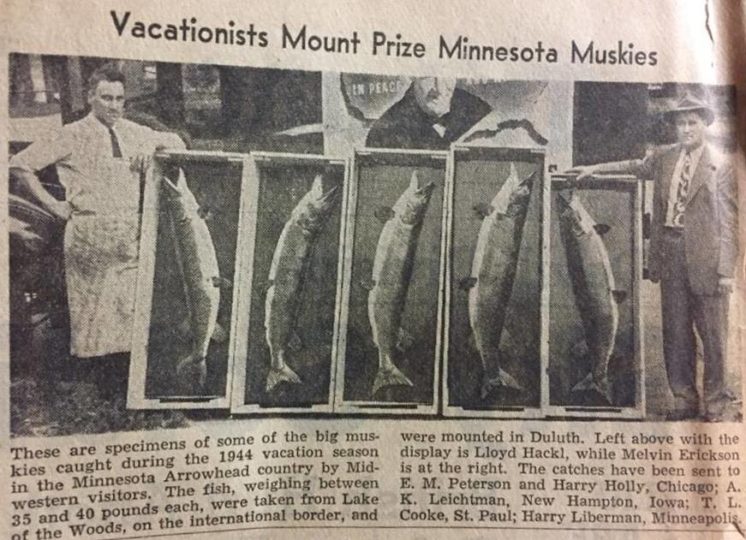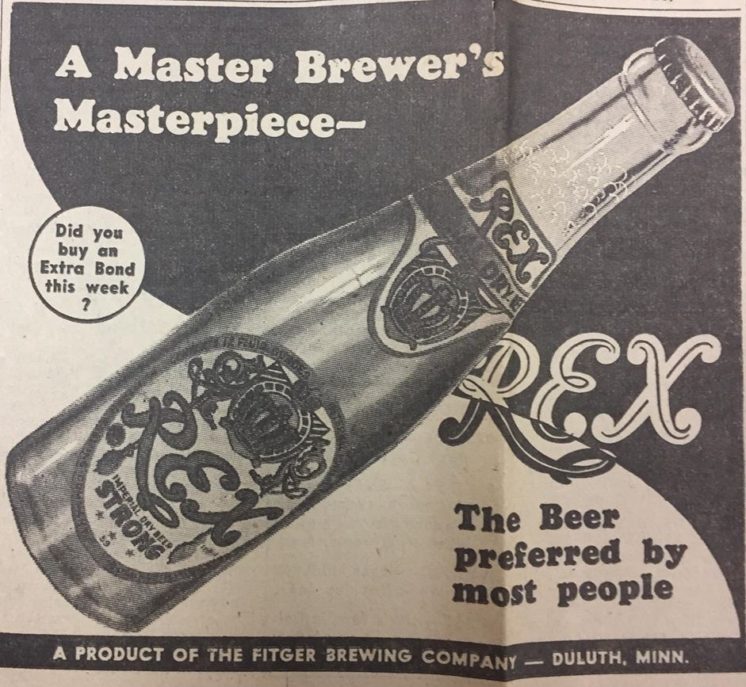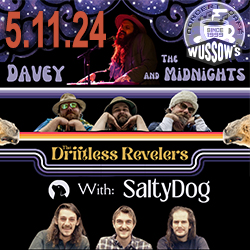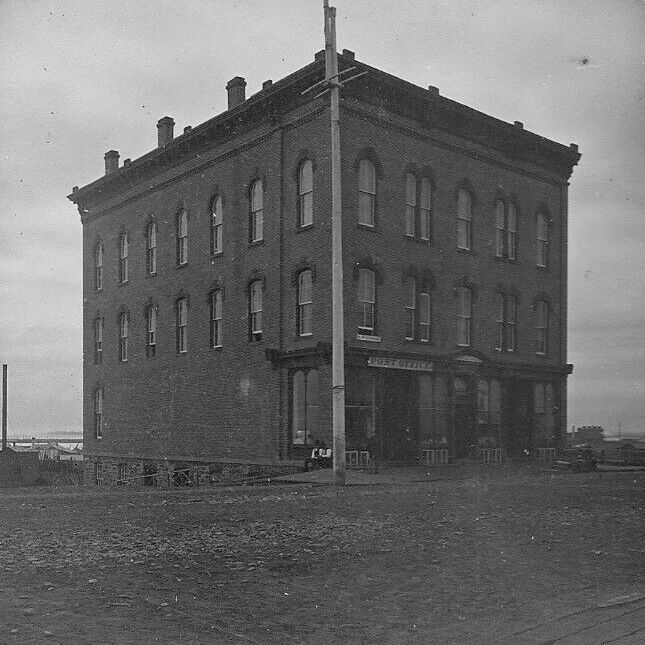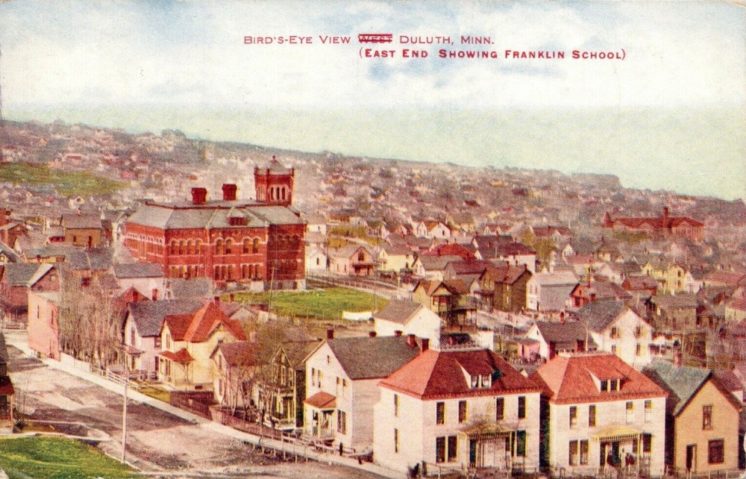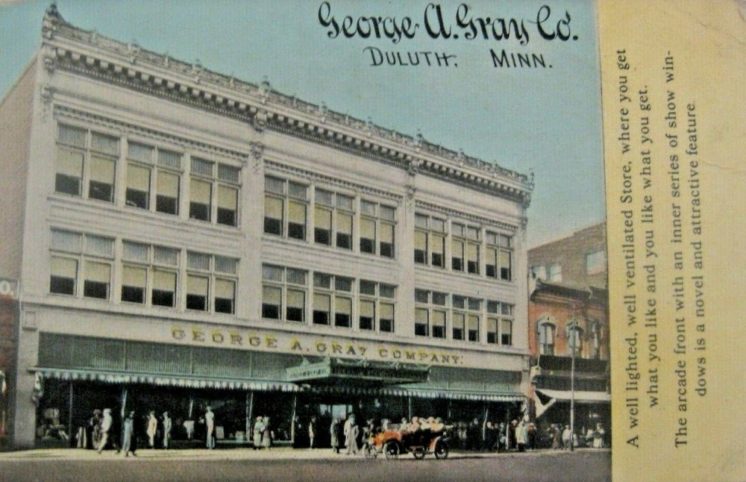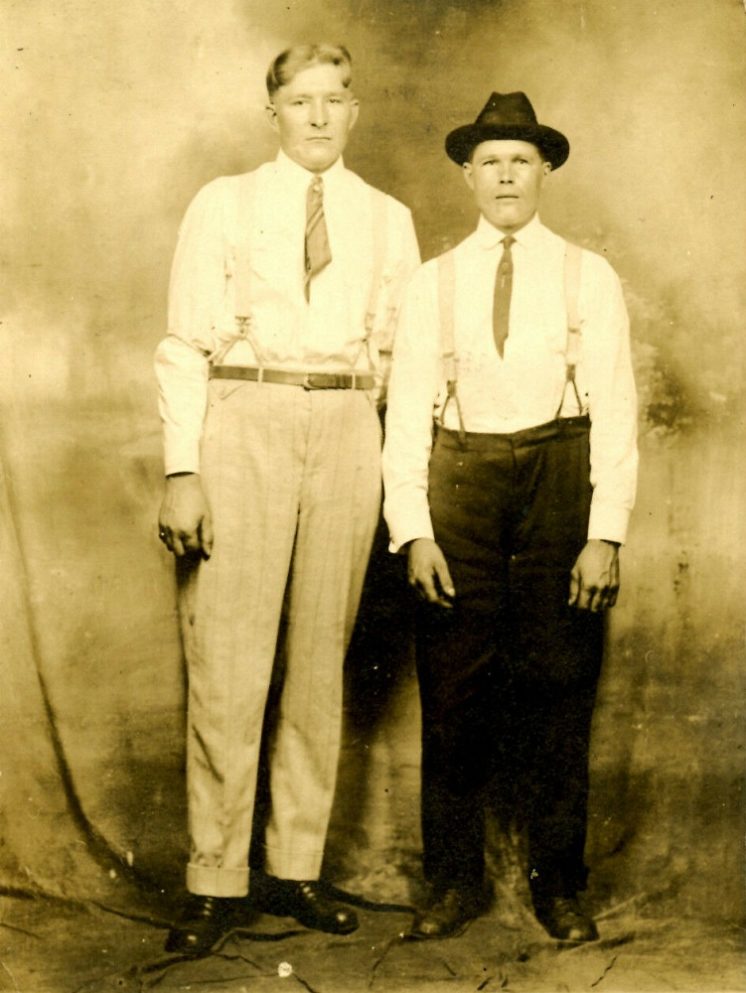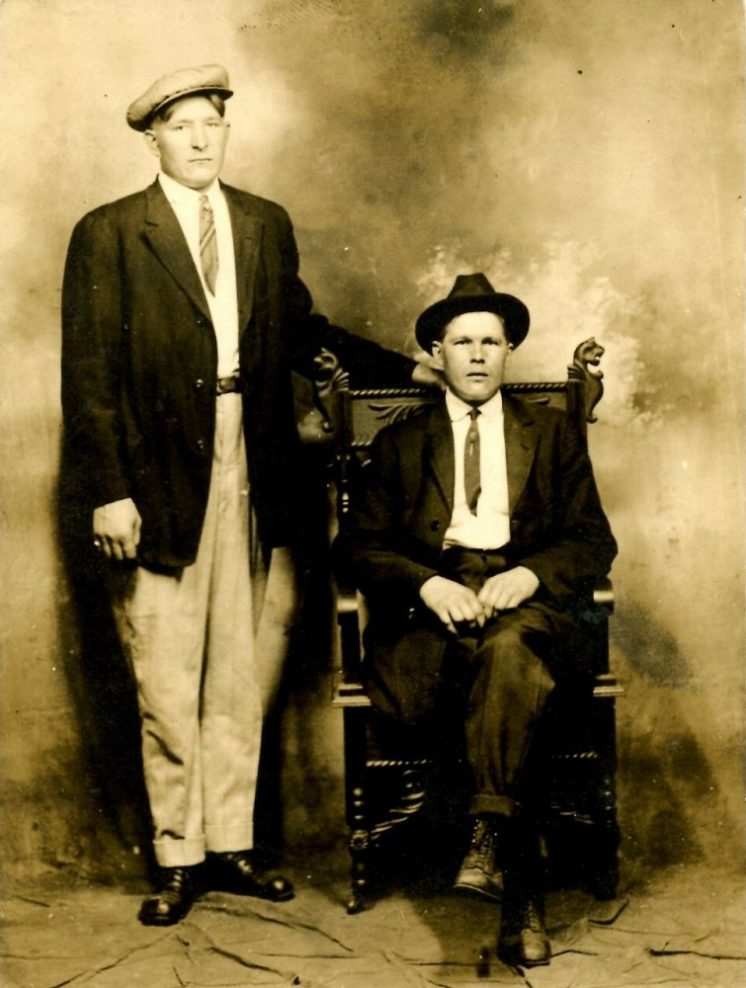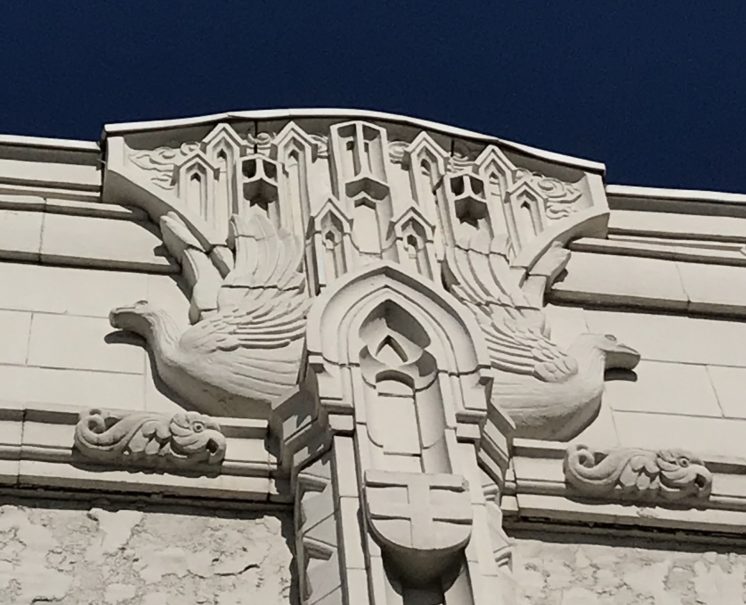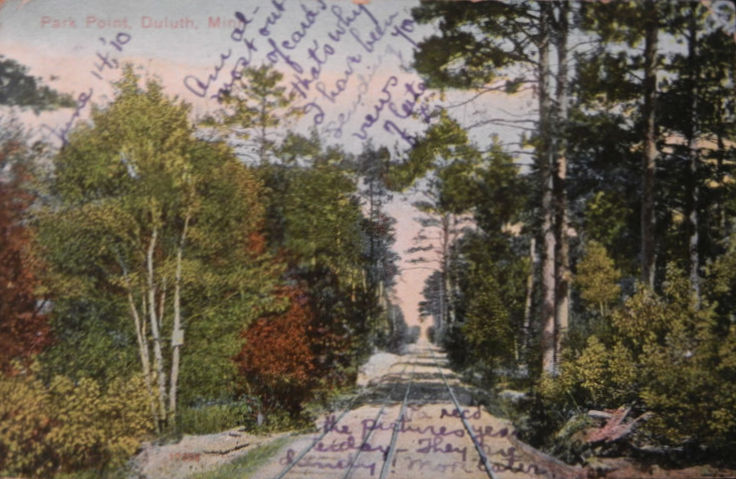 I am disgusted by the Confederate flag, and by those white people who defend its display as “honoring their heritage.” I say this as a white native of the South, with deep Southern roots. I was born in Texas (slave state) to a mother from North Carolina (slave state) and a father from Georgia (slave state). I was raised below the Mason-Dixon line in Maryland (slave state).
I am disgusted by the Confederate flag, and by those white people who defend its display as “honoring their heritage.” I say this as a white native of the South, with deep Southern roots. I was born in Texas (slave state) to a mother from North Carolina (slave state) and a father from Georgia (slave state). I was raised below the Mason-Dixon line in Maryland (slave state).
The year I was born (1969), my father taught at an all-white private high school in Houston. The Civil Rights era raged. When the headmaster refused to desegregate the school, my father was part of a faculty exodus. My folks found a Maryland school that did not discriminate, and went to teach there. They raised me to believe in equality. But looking back through the history of the country, the full story of my family and race is a terrible thing: the Richardsons owned slaves for generations, and I can document it.
My dad was a Civil War buff. When I was a child, he told me many things about it, including: 1) there were Richardsons on both sides of the war, and 2) the Southern, slave-owning Richardsons were angry when their slaves were freed.


